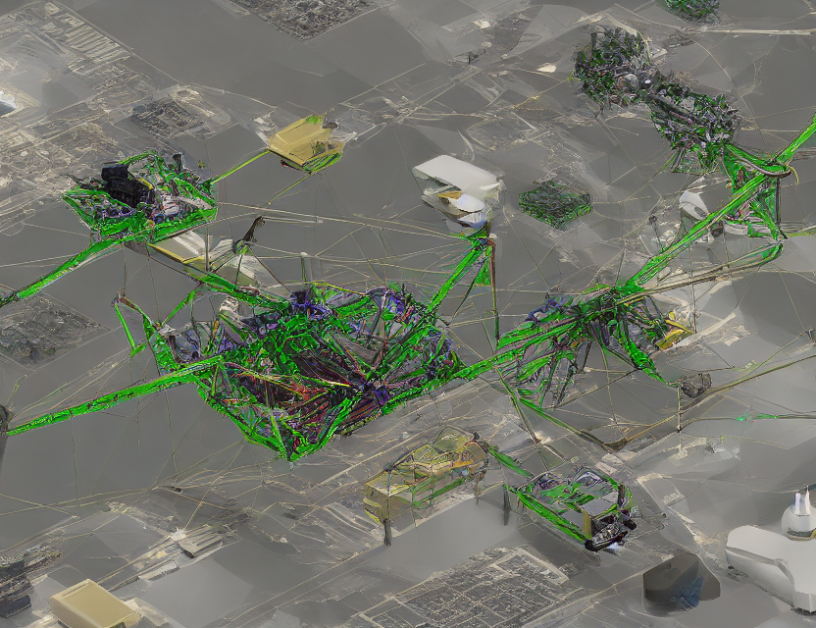Trajectory prediction is a crucial task in various fields, including robotics, transportation, and engineering. Accurate predictions can help improve traffic flow management, optimize autonomous vehicle navigation, and enhance overall safety. While traditional methods rely on simplistic assumptions and limited data sets, recent advancements have shifted towards more sophisticated approaches that incorporate complex control inputs and dynamic models.
The Reconstruction Algorithm
The reconstruction algorithm for trajectory prediction is a data-driven method that utilizes polynomial regression and neural networks to forecast future locations and speeds of moving objects. By leveraging historical data, the algorithm can learn patterns and trends in the system’s behavior, enabling more accurate predictions. The key innovation lies in the control input and trajectory prediction, which serves as the basis for potential attacks or interference.
Advantages
The reconstruction algorithm offers several advantages over traditional methods. Firstly, it can handle complex control inputs and non-linear systems, making it more versatile and reliable. Secondly, it can accommodate multiple agents or objects in a dynamic environment, allowing for more accurate predictions. Lastly, the algorithm is robust against potential attacks or interference, ensuring optimal performance in challenging scenarios.
Results
To validate the effectiveness of the reconstruction algorithm, researchers conducted extensive experiments using various simulation settings and noise levels. The results demonstrate that the algorithm can achieve a high degree of accuracy in predicting future locations and speeds, outperforming traditional methods in most cases. Furthermore, the algorithm’s performance remains consistent across different scenarios and noise levels, underscoring its robustness and reliability.
Conclusion
In conclusion, the reconstruction algorithm for trajectory prediction represents a significant breakthrough in the field of dynamic systems control. By leveraging advanced machine learning techniques and complex control inputs, this innovative approach can accurately forecast future locations and speeds of moving objects. With its robustness and versatility, this algorithm has far-reaching implications for optimizing traffic flow management, enhancing autonomous vehicle navigation, and ensuring overall safety in dynamic environments. As the field continues to evolve, we can expect even more sophisticated algorithms that build upon these advances, further transforming the way we navigate and interact with complex systems.



